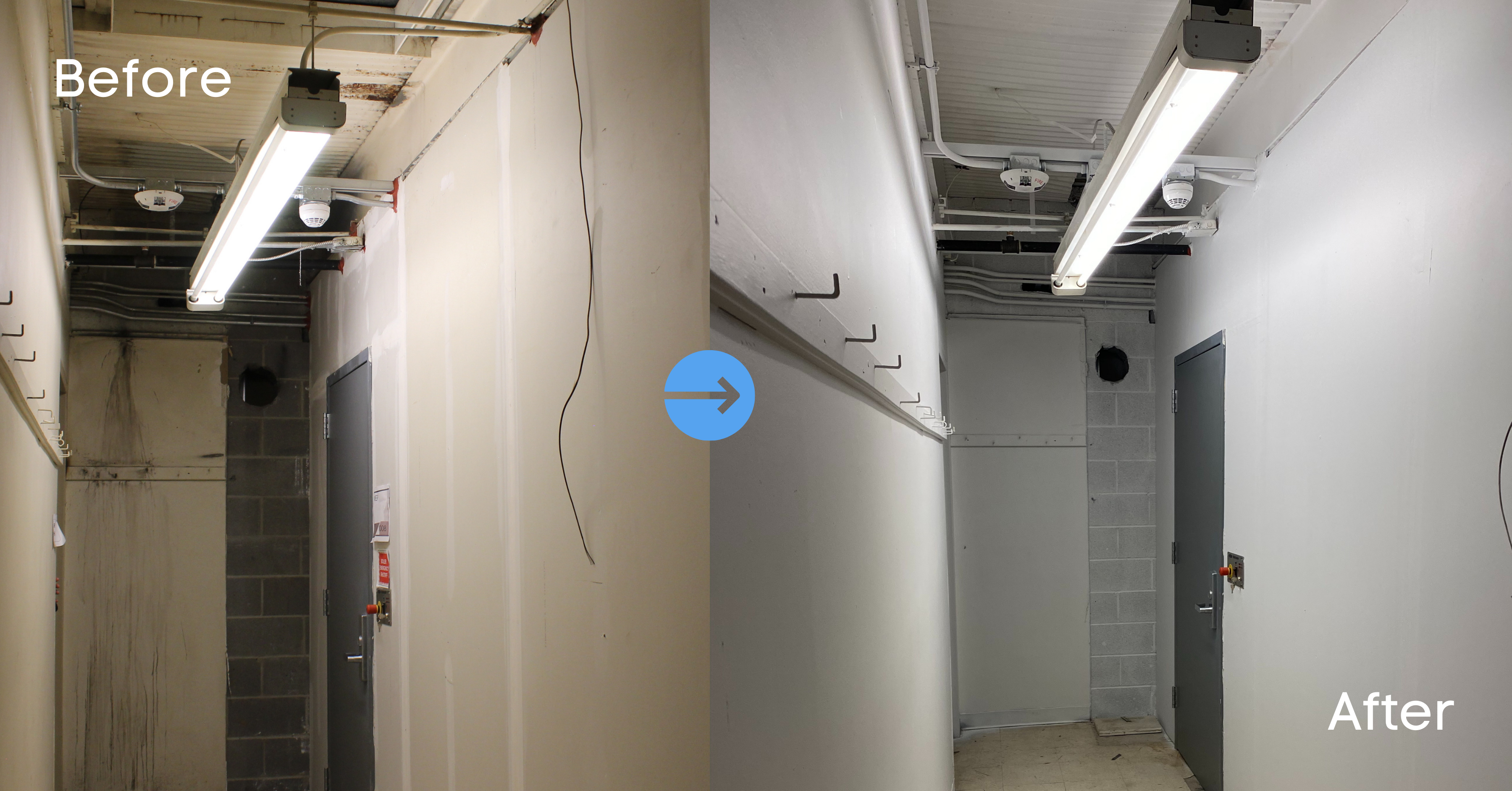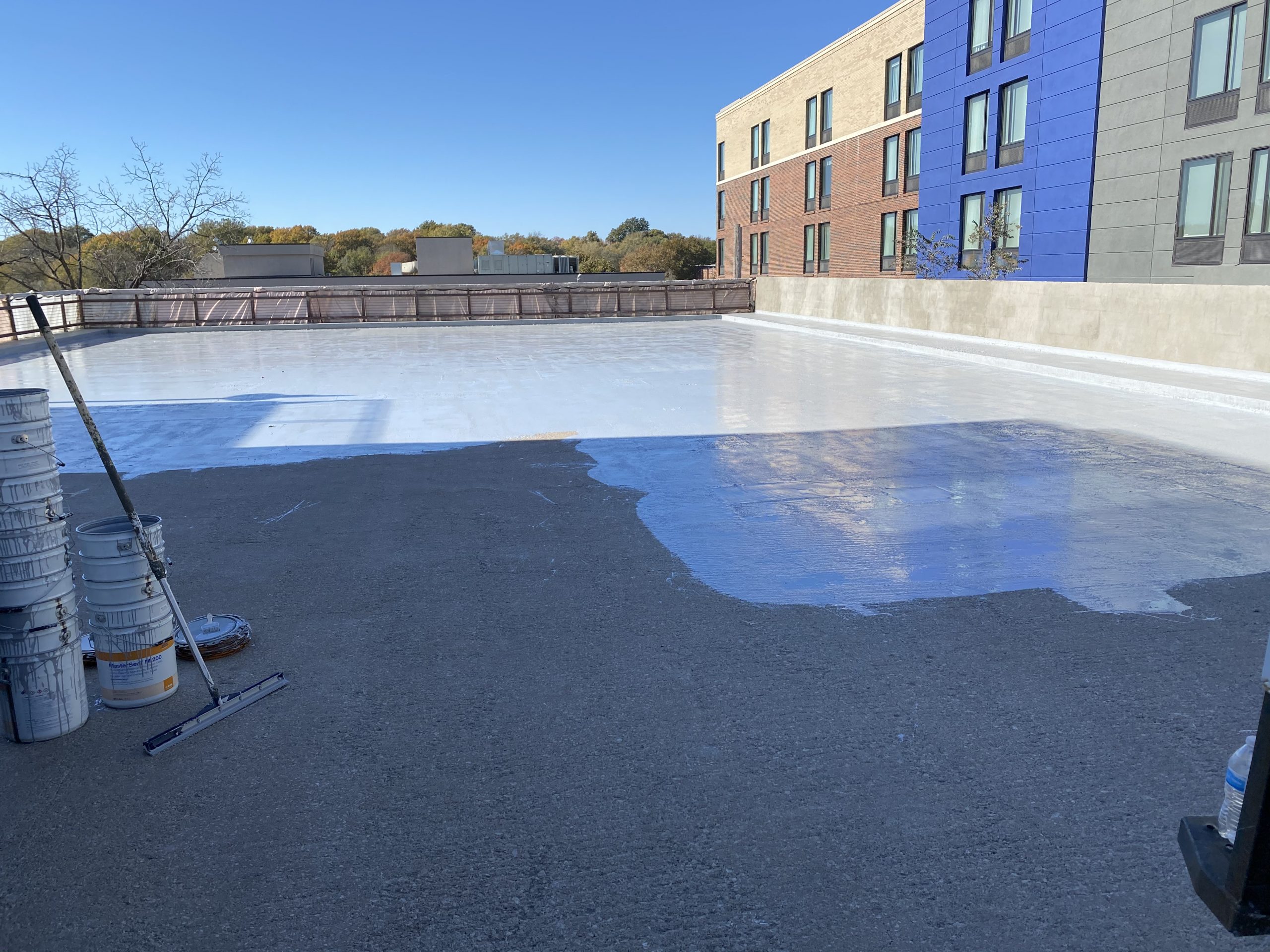Blasting & Painting – Blast It Clean Does it All
Paint. It is so intrinsic in every product and surface that we don’t often think about how valuable it is. The history of painting goes back more than thirty thousand years to its use on cave walls. It wasn’t until the invention of the assembly line during the Industrial Revolution, that a whole new market of painting was born. It was quickly realized that paint can make something last longer and look better.

The need for industrial painting services comes down to function first, then appearance. It isn’t just about aesthetics when you need a high-performing coating to withstand the tough demands of processing plants, production facilities, and robust industrial buildings. Paint can preserve the surface it is applied to and extend the lifetime of those materials to keep them looking good. The purpose of choosing a paint could be protective, structural, cosmetic, cost-saving benefits, or a combination of these. Read on to better understand what can be accomplished with the power of paint.
PAINT AS A PROTECTIVE COATING
Building materials are selected for their exceptional strength and durability but paint deserves accolades for its unwavering versatile support. The job of protecting surfaces from water, sun, heat, cold, chemicals, kinetic attack, and more cannot be diminished.

Corrosion is enemy number one for metal. Conditions in the industrial environment expose surfaces to excessive amounts of water and chemicals. This is a perfect recipe for disaster. Corrosion is a reaction of humidity and oxygen working together. It is like a disease that spreads quickly, attacking the substrate resulting in weakened structure over time. An unprotected metal surface will show rust within only a few short months. Painting encapsulates the material shielding it from moisture and oxygen.
The thicker your protective coating, the more distance you are putting between your structure and the damaging elements lurking. However, it is a constant battle. Any sign of damage or deterioration to the defensive layer invalidates the protection. Corrosive elements will quickly attack the exposed spot and invade.
A relatively new kind of protection paints provide is against hazards like fire. Many industrial paints include additives aimed to reduce vulnerability and limit the spread of flames and damage in a facility.
PROLONGED STRUCTURAL STABILITY FROM PAINT
Protecting a surface with paint preserves its architectural qualities but the need for panting may also be structural reinforcement. Elasticity in paint allows for a certain degree of malleability without cracking or peeling. It can even improve a surface’s ability to withstand impacts without jeopardizing protective qualities.
Concrete and masonry surfaces are susceptible to damage when water can sneak in pinholes and cracks. This moisture weakens the structure from within. Maintaining blemish-free concrete long-term is nearly impossible. Elastomeric paint can provide the needed waterproof qualities and stabilize the structure by holding it all together like a girdle. The characteristics of the paint make covering cracks and holes seamless.
PAINT SHEEN FOR STAYING POWER

Industrial paint is typically a very high sheen. The reason is that the glossier the paint, the more durable the finish. Sheen is the measurement of light reflected. It is created by variations of the binder to pigment ratio of the paint. There is more binder to adhere to the surface in a glossy finish, improving washability and staying power. It also makes colors appear brighter. The drawback is that any blemish is apparent due to the heightened reflectability. Flatter sheen are typically reserved for lower traffic surfaces.
In addition to protecting from dirt and discoloration, high-gloss paints (particularly light-colored) have light-reflecting qualities that help with UV protection. Used on exterior surfaces, it deflects sunlight and heats away from surfaces like walls, storage containers, and railings.
Reflective paints take performance to the next level offering energy-efficient qualities that contribute to the cooling efforts of a sizable facility. In manufacturing, large equipment produces added heat increasing the demands on air conditioning systems trying to cool them. This can be quite costly and contribute to excessive energy consumption. Reflective paint is a cost-effective way to reduce those adverse effects.
COSMETIC PAINTING TO INCREASE VALUE
Despite its functionality, paint is commonly thought of as a tool for beautification. Paint can change the way people feel about your facility. The allure of an eye-catching finish can create a lasting impression. Surfaces that are worn down and faded don’t have the same appeal, therefore, depreciating their value.
The same elements paints are designed to protect surfaces from, breakdown paints over time as well. Prolonged exposure to sun and water causes fading and chalking. If the paint color is paramount in brand identity, maintaining color quality is a priority so these aesthetic problems may be the driving motivation behind your reason for painting
Color can also alter the perception of a facility. Just brightening up the walls or ceiling with white paint enables light to reflect and create a brighter, cleaner environment.
SURFACE PREP DETERMINES RESULTS
The importance of surface preparation cannot be underestimated in industrial painting services. This is the single most important detail in any painting project. The life of your coating depends on it. Paint cannot adequately adhere to a surface that is concealed by dirt, grime, rust, failing paint, or other residue and it cannot cover up flaws that have been ignored. Once a surface has been cleaned and cured the right primer can create a bonding layer for improved adhesion, provide sealing benefits, and ensure color consistency.
On steel surfaces, mill scale protects against corrosion when the layer remains intact from the assembly. However, any disruption accelerates corrosion. Applying paint over mill scale voids any effort as it will eventually flake off. It is vital that it be removed before painting to allow for the adhesion of paint. This can be done with abrasive blasting and followed up with a rust-inhibiting primer.
The reasons for choosing paint in industrial facilities are different than homeowners. Due to scale, it creates a larger impact and more costly repairs if not done properly. Given paint's purposes, it is a highly visible product so trusting a professional contractor is worth the cost and effort.
CONTACT BLAST IT CLEAN FOR PAINTING
Do you have a project that could benefit from paint? Blast It Clean can help you break down the specific advantages of many different paints to find the one best suited to your needs. We also handle stripping and cleaning so you can know the surface is prepared accordingly with one company handling the whole process. Start the conversation with our experts today!
